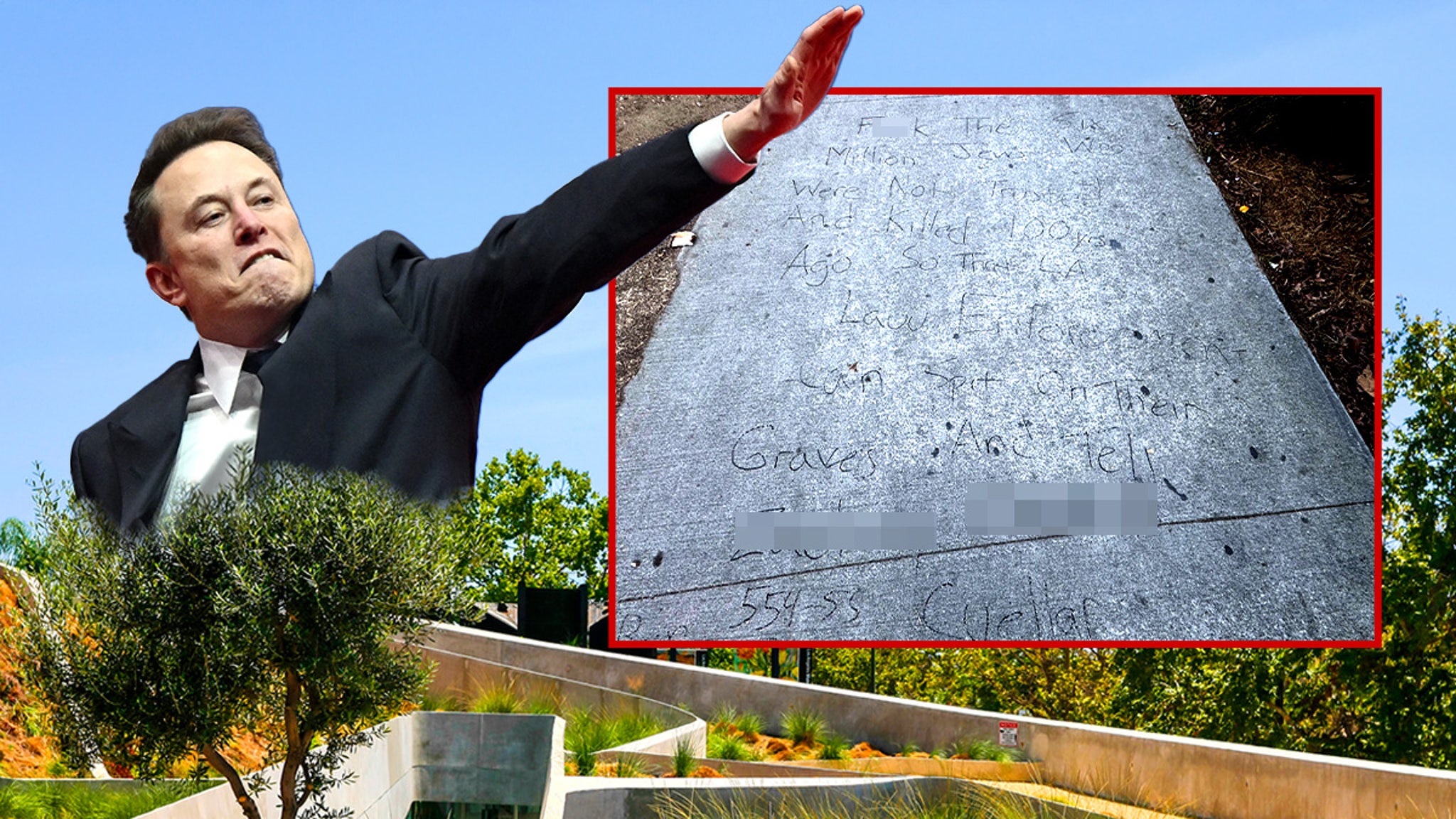Food
Junior’s Cheesecake Recipe: The Secret to a Classic New York Dessert

But for Bonnie Ponte and Holly Maloney, the sisters who own Eileen’s Special Cheesecake in NoLIta, it’s not just the cream cheese — it’s love (even if the Food and Drug Administration may not consider it an ingredient). Their mother, Eileen Avezzano, first moved to New York from Philadelphia at age 18, following a dream of becoming a Rockette. But, alas, she was too short: “At the time,” Ms. Maloney said, “they didn’t take 5’ 2” Rockettes.”
When her mother died, Ms. Avezzano started baking cheesecakes, selling them at a friend’s Queens deli and eventually opening her shop in 1975. When Ms. Avezzano died in 2018, her daughters picked up where she left off. Today, her cheesecakes are undoubtedly some of the most highly regarded in New York, with tourists flocking to the small shop for a taste.
Eileen’s standard version employs a graham cracker crust, which the sisters consider traditional, but even they agree it’s the one place where “you can have fun” and still end up with a New York cheesecake.
Take, for instance, the cheesecake at Junior’s Restaurant & Bakery. A thin bedding of ethereal spongecake, flavored with a whisper of lemon extract, beneath a dreamily smooth cream cheese layer, it puts the cake in cheesecake. And getting to the recipe — arguably one of the world’s most well-known New York-style cheesecakes — was no small feat. Before opening the Downtown Brooklyn flagship in 1950, the founder Harry Rosen spent months tasting cheesecakes all over New York City to create his recipe with the baker Eigel Petersen.
Alan Rosen, Harry’s grandson who now owns Junior’s, shared the recipe, adapted here for home ovens. The flavors are balanced, anchored by vanilla, and the resulting texture, thanks to a water bath and patience, as wispy as a cloud. Though Junior’s cheesecakes are classically blond, and sometimes light golden, this one has a deeper hue on top, which is not only OK but delicious, Mr. Rosen said, signaling burnished sugar and a good bake.





























